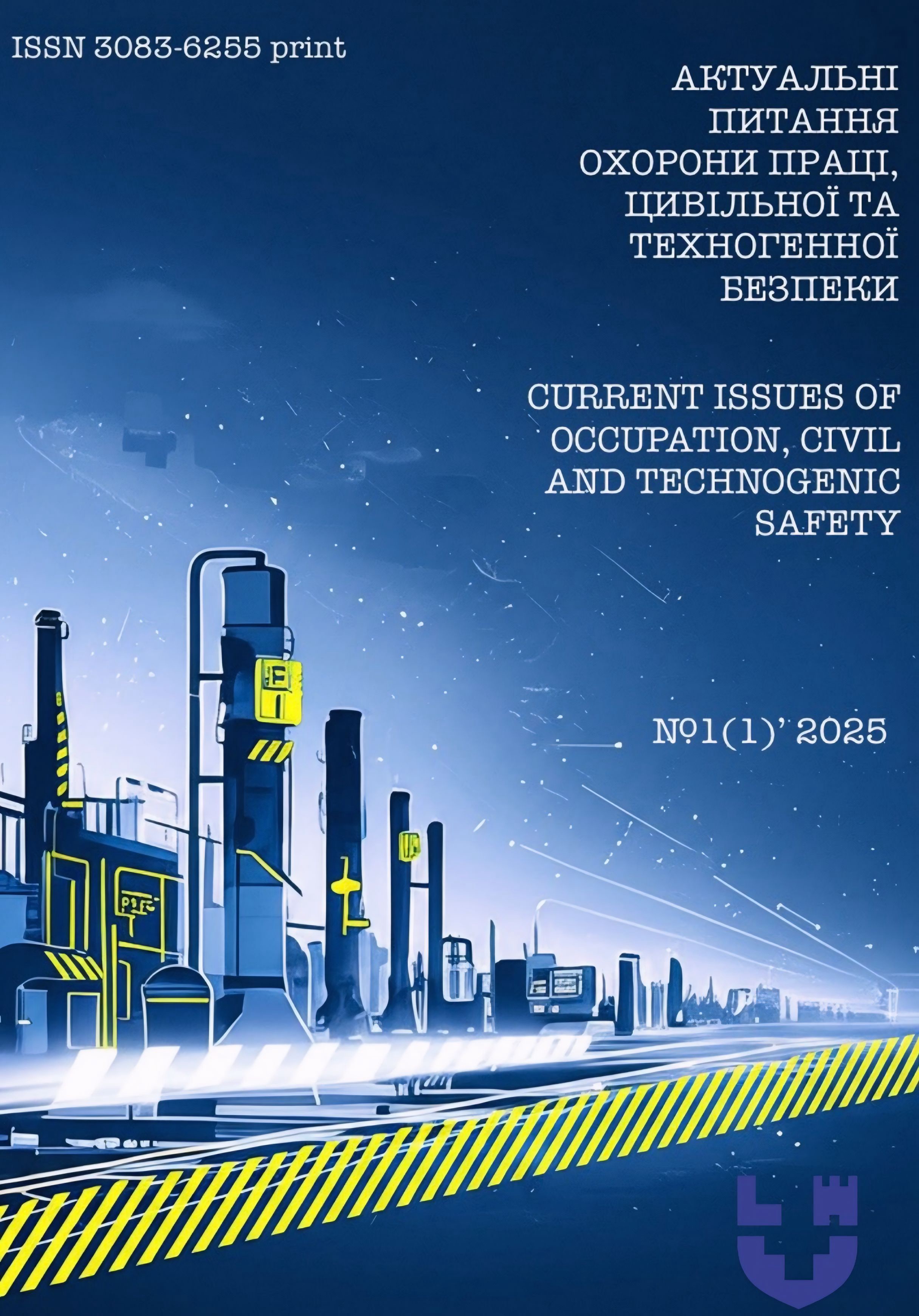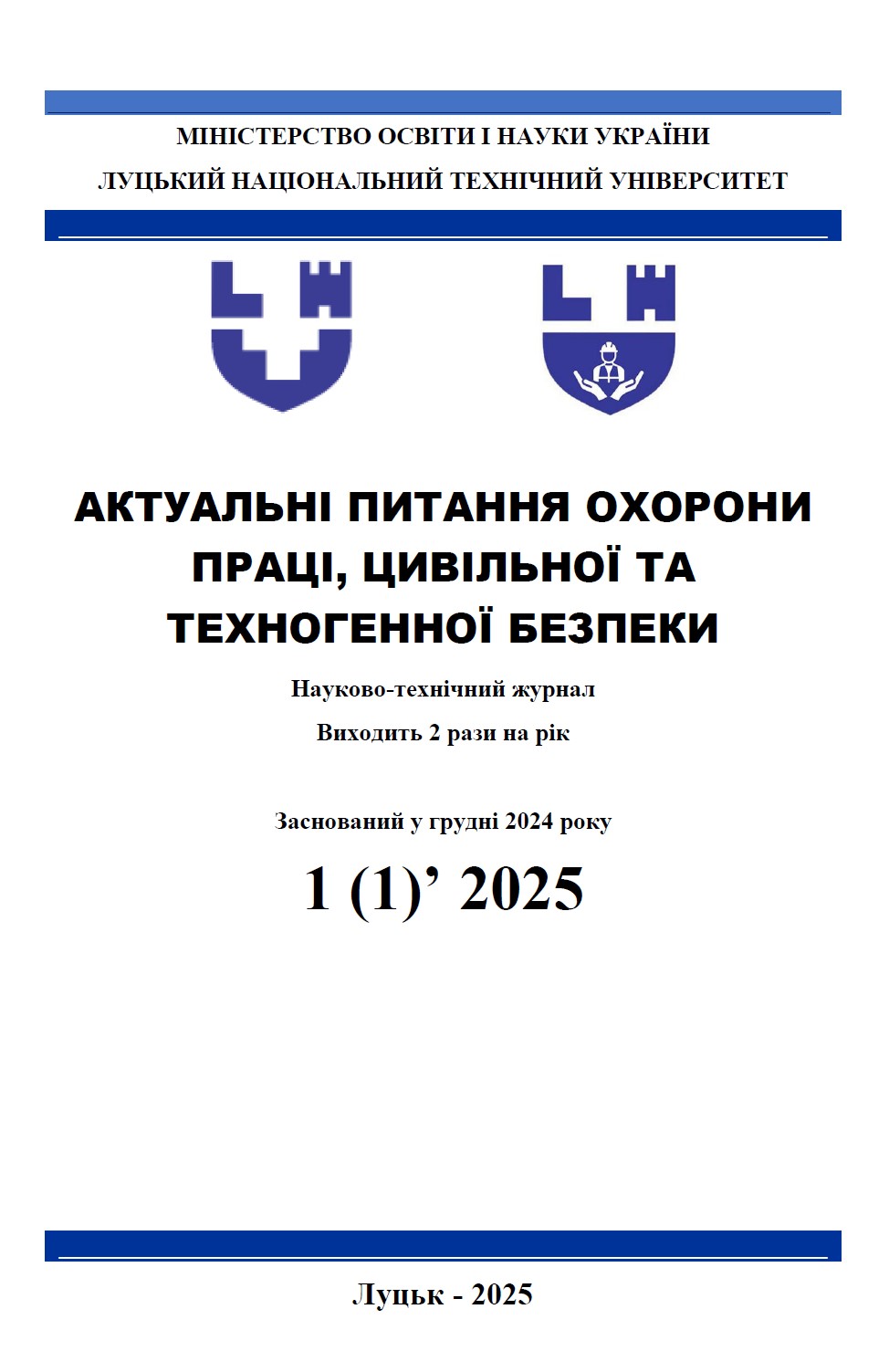RESEARCH ON THE IMPACT OF FIELD RUNOFF ON THE OCCURRENCE OF THE EUTROPHICATION PROCESS OF WATER INTAKES
Abstract
Purpose. The goal of this study is to reveal the mechanism of the impact of changes in the nutrient content of the chemical composition of aquatic habitats on the life activity of cyanobacteria, particularly their development and reproduction in the presence of mineral fertilizers such as nitrogen, phosphorus, and potassium.
Research Pethodology. Experimental methods were used to conduct the research, including laboratory microscopic studies and testing the impact of concentrations of key biogenic elements on the cyanobacteria population in aquatic environments. Observations of the color of solutions and the presence of sediment allowed the determination of the effect of mineral fertilizers on the processes of eutrophication and biological development of aquatic ecosystems.
Results. The article discusses the problem of protecting water intakes from eutrophication caused by runoff of mineral fertilizers from fields. It reveals the mechanism of the impact of nutrient changes in the chemical composition of aquatic habitats on the life activity of cyanobacteria. The research found that the dissolution of complex mineral fertilizers (nitrogen, phosphorus, and potassium) in water at concentrations up to 10 g/L promotes the active development of cyanobacteria, accompanied by the complete binding of mineral additives and intense oxygen consumption. Adding fertilizers in quantities greater than 1 g/L leads to a sharp increase in the growth rate of the cyanobacteria population, triggering conditions for water bloom. Enrichment of the habitat’s food base with fertilizers results in explosive growth of the biocenosis and accelerated consumption of dissolved substances. The average phosphorus absorption rate reached more than 17 g/(Lday), and nitrogen absorption reached 30 g/(Lday). The formation of sediment and foam in experimental vessels was associated with the depletion of nutrients and the death of hydrobionts. This phenomenon may serve as an indicator of reduced oxygen levels in the water. The results of the experiment confirmed the ability of cyanobacteria to intensively convert dissolved nitrogen and phosphorus in water into bound organic forms. This opens up prospects for creating biological methods and means of protecting water intakes from the creation of hazardous environments.
Scientific novelty. For the first time, the interaction mechanism between mineral fertilizers and the processes of cyanobacteria development in aquatic habitats has been analyzed. The obtained data on critical concentrations of nitrogen and phosphorus that contribute to the intense development of cyanobacteria and eutrophication of water sources are important for water resource protection. It was also found for the first time that the addition of fertilizers at concentrations greater than 1 g/L leads to a significant increase in the growth rate of the cyanobacteria population, which can result in water blooming and deterioration of water quality at water intakes.
Practical significance. The results of the study can be used to develop new biological methods and technologies for protecting water intakes from eutrophication processes caused by excessive use of mineral fertilizers in agriculture. The obtained data also allow for more accurate forecasting and control of the impact of anthropogenic load on aquatic ecosystems, which is important for improving water quality, particularly in water supply systems. Developing such methods may be an important step in addressing water supply issues and water resource protection in regions with intensive agricultural production.


